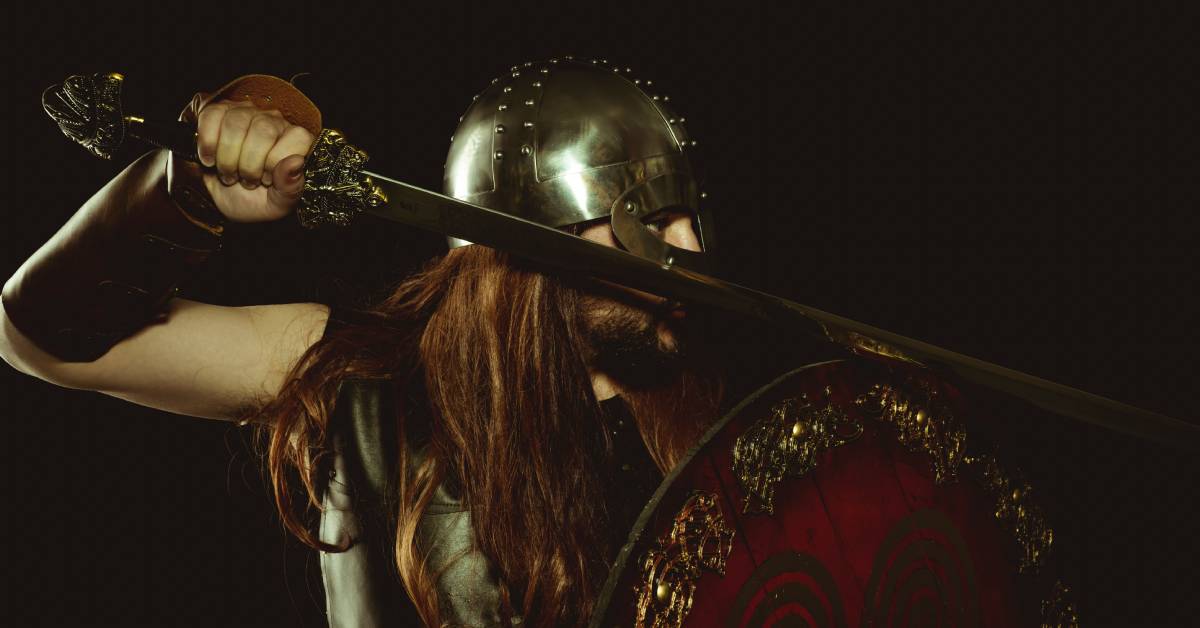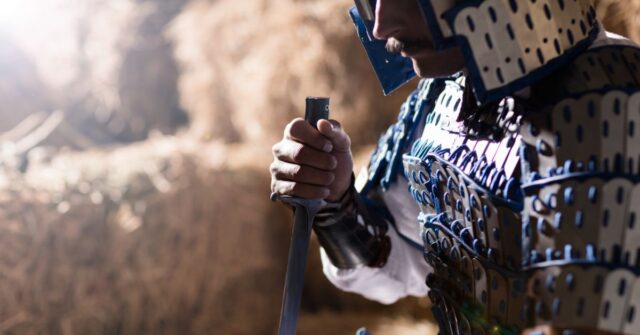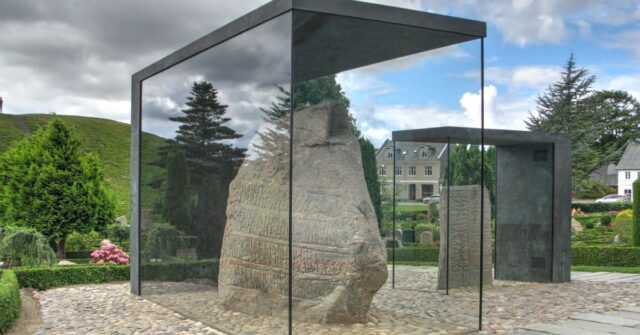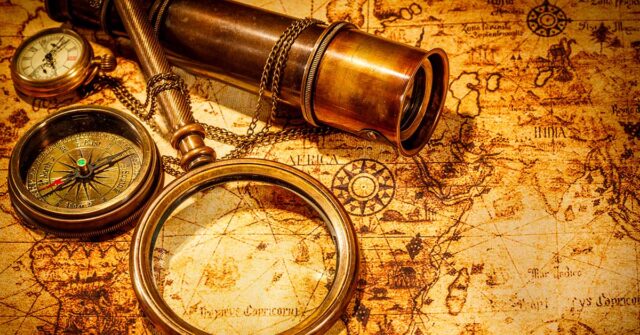The Vikings, known for their advanced seafaring capabilities and fierce warriors, significantly shaped the course of European history.
Among the many influences they had, the design and use of their weapons played a pivotal role in the evolution of European warfare.
This article explores the intricacies of Viking weaponry and its profound influence on the warfare tactics of the Middle Ages and beyond.
Introduction
The Vikings, originally hailing from Scandinavia, were not only explorers, traders, and settlers, but also formidable warriors.
Their unique weapons and combat strategies left an indelible mark on the regions they came into contact with, particularly in Europe.
The purpose of this article is to delve into the features of these weapons and their far-reaching effects on European warfare systems.
Background: The Vikings
Before diving into the specifics of Viking weaponry, it’s essential to understand the society and culture that fostered such innovative designs and effective warfare strategies.
Viking Society and Culture
The Viking Age, roughly from the late 8th to early 11th century, was a period of significant cultural and technological development in Scandinavia.
Vikings lived in a society where honour, bravery, and warrior skills were highly valued. They were also skilled craftsmen and traders, which influenced their weapon designs.
Role of Warfare in Viking Culture
Warfare was a central aspect of Viking culture. The Vikings valued martial prowess, and their sagas often centred around battles and heroic warriors. This focus on warfare contributed to the development of their unique and effective weapons and battle tactics.
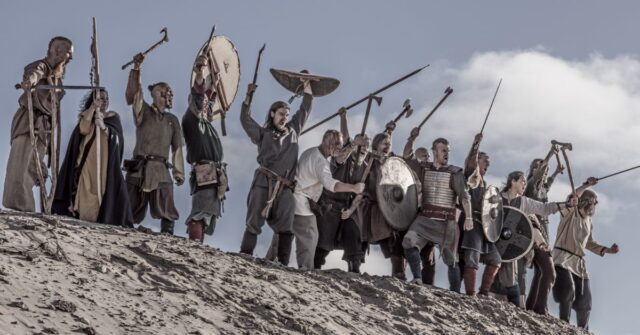

Viking Weaponry: An Overview
Armed with a variety of weapons, Vikings were prepared for virtually any type of combat situation. Each weapon type had its own specific uses and characteristics, reflecting the Vikings’ understanding of the intricacies of warfare.
Types of Viking Weapons
The Vikings had a wide array of weapons at their disposal, each serving different tactical purposes in combat.
Swords
Swords were a symbol of high status among the Vikings, used primarily by wealthy warriors. They were double-edged, typically about 90cm long, and designed for slashing rather than thrusting.
Axes
The axe, more common and accessible than the sword, was the weapon of choice for many Viking warriors. The designs varied, but the most iconic is the bearded axe, which had a long cutting edge and a hook-shaped lower portion.
Spears
Spears were the most common Viking weapon, used for both throwing and thrusting. They were simple, effective, and relatively cheap to produce.
Bows and Arrows
Vikings utilized bows and arrows for hunting as well as warfare, especially for initial volleys or for fighting from a distance.
Seaxes
Seaxes, or knives, were a common tool and secondary weapon, used for everyday tasks as well as close combat.
Viking Weapon-Making Techniques
The Vikings were not only effective warriors but also skilled blacksmiths. Their weapon-making techniques were sophisticated, and they produced weapons of superior quality.
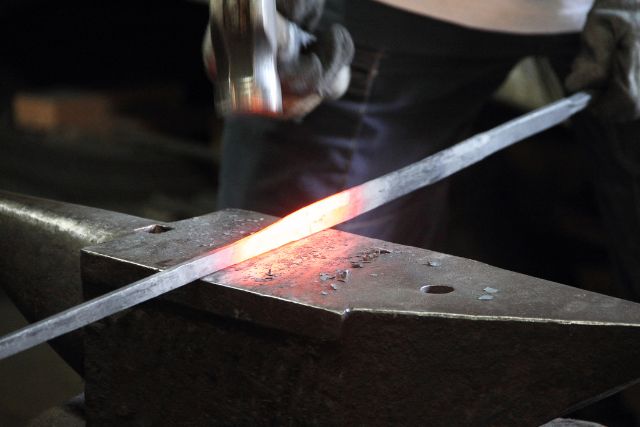

The Ulfberht Swords: A Case Study
The Ulfberht swords, with their high carbon content and superior craftsmanship, are a testament to the Vikings’ mastery in metallurgy and weapon-making. These swords were sharper, stronger, and more flexible than most of their contemporaries.
Weapon Decoration and Symbolism
Viking weapons were not only practical but also held symbolic and cultural significance. They often featured intricate designs and were sometimes named, reflecting their importance in Viking society.
Viking Warfare Tactics
The Vikings were not just feared for their weapons, but also for their innovative and ruthless warfare tactics. These strategies were designed to maximize the effectiveness of their weapons and their warriors.
The Shield Wall
The shield wall was a common formation in Viking warfare. Warriors would stand shoulder to shoulder, with their shields overlapping. This tactic created a formidable defense against enemy attacks and was ideal for the use of their spears and axes.
Naval Strategies
Being exceptional seafarers, the Vikings used their naval prowess to their advantage in warfare. They designed their ships for both trading and raiding, allowing them to carry out surprise attacks from the sea.
Berserkers: The Elite Viking Warriors
Berserkers were Viking warriors who fought in a trance-like fury. Their reputation and the psychological impact they had on the enemy was another aspect of Viking warfare that extended beyond the physical design of their weapons.
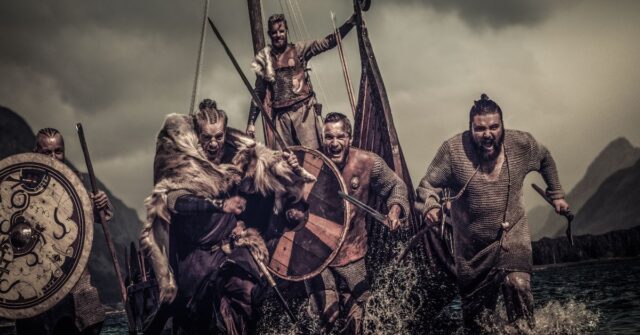

The Influence of Viking Weapon Designs on Medieval European Warfare
The Vikings did not exist in isolation; their reach extended across Europe and beyond. Their innovative weapon designs and warfare strategies had a significant impact on the ways wars were fought in the Middle Ages.
Adoption and Adaptation of Viking Weaponry
European warfare during the Middle Ages underwent significant changes, many of which can be traced back to Viking influences. The Viking’s unique weaponry was adopted and adapted by the cultures they came into contact with.
Case Study: The Norman Conquest of England
The Norman Conquest of England in the 11th century is a prime example of how Viking weapon designs influenced European warfare. The Normans, of Viking descent, used similar weapons and warfare tactics, leading to their victory and a profound shift in English society and warfare.
Viking Influence on European Combat Techniques
The tactical innovations of the Vikings were also adopted across Europe. The shield wall, for example, became a common formation in many European armies.
Viking Influence on Naval Warfare
The Vikings’ naval strategies were revolutionary and their ship designs were adopted throughout Europe, changing the face of naval warfare.
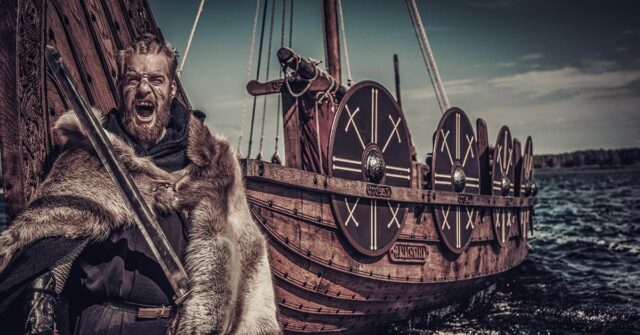

The Lasting Legacy of Viking Weaponry
The influence of Viking weapon designs extended far beyond the Viking Age, leaving a lasting legacy that shaped the course of European history.
Impact on Later European Military Technology
The Vikings’ advances in weapon-making influenced later military technology in Europe.
Their metallurgy techniques, weapon designs, and tactical innovations were adopted and further developed in subsequent periods, including the High Middle Ages and the Renaissance.
Modern Depictions and Misconceptions
The Viking Age continues to captivate modern imagination, and Viking weaponry plays a significant role in these depictions. However, it is important to separate myth from fact and appreciate the true technological and cultural significance of Viking weapons.
Conclusion
The influence of Viking weapon designs on European warfare is a testament to their technological prowess and understanding of warfare.
From their advanced metallurgy techniques to their effective combat strategies, the Vikings left a lasting impact on the development of warfare in Europe.
Their legacy continues to be felt, not only in historical and archaeological studies but also in the modern depictions and appreciation of the Viking Age.

